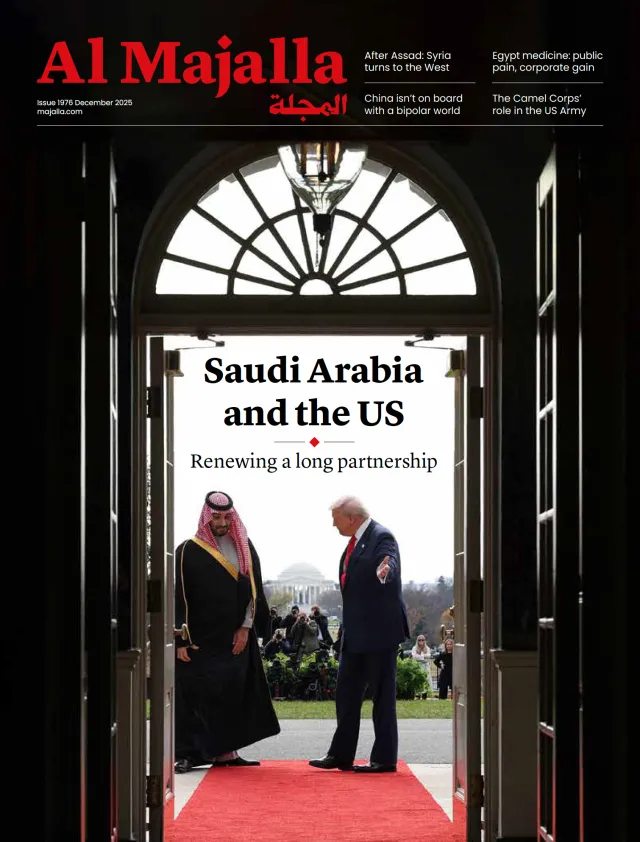It is rare that we can watch the unfolding of a global economic downturn with such precision as we can today. With a 145% US tariff on China and a 125% retaliatory levy by Beijing, the world’s largest bilateral trading relationship is effectively frozen.
We have not even begun to see the consequences and knock-on effects from the coming US inflation shock to a potential reversal of China’s purchases of US Treasury bonds. Other countries have gotten a 90-day reprieve after new US rates as high as 50% briefly went into effect, but the threat of a worldwide convulsion remains. With every day that businesses and investors in the United States and elsewhere cannot plan their purchases and investments—or trust that Washington won’t flip-flop again—the cogs of the global economy move slower and slower.
How quickly things can spiral down became clear after US President Donald Trump announced steep new tariffs on almost all US imports on 2 April. Trillions of dollars were wiped off the financial markets in a matter of days. As investors began to pull money out of the US dollar and US bonds, signals of financial contagion began flashing red. With neither Trump nor Chinese President Xi Jinping showing any inclination to back down, the risk of their confrontation metastasising into a global economic conflagration is high.
US economic history has a lot to say about how trade wars can set off something much, much worse. Since the beginning of the 19th century, the United States has suffered six economic depressions, which I define as six or more quarters of sustained economic contraction, although there is no standard definition. All but one were either directly caused or significantly worsened by tariffs and trade embargoes. As a historian who studies international trade, global commodities, and financial panics, I can assure you that Trump’s tariff policies will be devastating unless someone manages to stand up to him and make them stop.

One of the most powerful forces in economic life is comparative advantage, the benefit provided by international trade that allows a country to specialise based on its natural advantages in growing wheat, weaving cloth, or coding software. By trading these goods internationally, each country can allocate scarce resources to the things that its farmers, miners, and manufacturers can most cheaply produce. In theory, everyone benefits from international trade.
The theory has been borne out. When a continent-wide potato famine forced the United Kingdom and other European states to introduce free trade in food in 1846, it led to a shocking increase in prosperity that few expected. Some previously protected groups were hurt; European landowners grumbled that Russia and the United States benefited most. This was because the fertile plains of Russian-controlled Ukraine and the US Midwest produced wheat so cheaply that the price of farmland dropped in Europe. It also led the rural poor in Britain and Europe to leave for the city, setting off a wave of urbanisation and industrialisation.
Of course, a large and well-endowed country or common market—like China, the United States, and the European Union—can put a thumb on the scales of free trade by jiggering exchange rates to favour exports generally or providing subsidies to push particular kinds of trade their way: corn over wheat, computer chips over textiles, textiles over rice. Environmental and labour regulations also tip the scales, often in unexpected ways. Monopolists in large countries often favour regulations, including tariffs, that shield against competition and multiply the value of their scarce assets.
As a former British colony, the United States has always been particularly vulnerable to tariff wars. For centuries, Britain moulded its colonies’ trade to the motherland’s purpose. The colonies of New York, Maryland, and South Carolina were expected to provide flour and rice for the slave-powered tobacco and sugar plantations in Virginia and the Caribbean.
Britain prohibited the colonies from manufacturing their own textiles, iron, and paper. The increasing limitations Britain imposed on the colonies’ international trade finally led to the American Revolution.


















